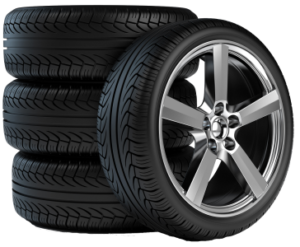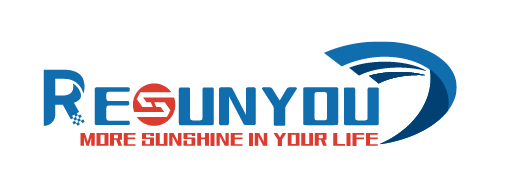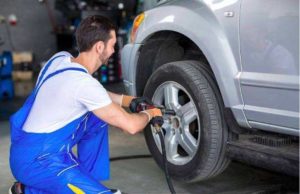Tire Function and Structure
Steel Belt
The Steel Belt between tread and carcass will provide a rigid base for the tread, which will restrain the shape change, lower the rolling resistance, and save more gas. The strength of centrifugal and lateral force will be counteracted to make sure the comfort while driving.
Bead
The rubber-wrapped steel wire is twisted by orders, which firmly fixed the tires to the rim.
Bead
The cord fabric in tires is made of tiny textile fiber that is adhesive on the rubber. It will counteract the impact and provide good flexing resistance.
Inner LinerInner Liner is made of impermeable Butyl, which has the same function of inner tube. The pressure can be depressed as time goes by, therefore, regular pressure checking is very necessary.
Sidewall
Sidewall can protect the tire from impact to road shoulder. All the relative information can be found on it. (including size, inches, structure, original places, product and all the characteristics)
Tread
The friction will provide the traction and braking force. It also enhances the resistance of wear ability, friction and heat.
Tire Function


TIRE REPLACEMENT
TIRE MAINTENANCE
TIRE STORAGE
TIRE REPLACEMENT
How to know when car tires need replacing
Look for the wear indicators in the major grooves. Replace the tire immediately when the tread wear indicator shows.
Check for minimum tread depth using the tread depth measure.
Perform a visual inspection of the tread and sidewall. If there is any exposed steel or fabric and if any material is visible, have the tire(s) replaced immediately.
How to replace a tire
Rims of different diameters and tapers cannot be interchanged. The top right diagrams illustrate the difference between rims of two different tapers and diameters.
Pry off the wheel cover.
Loosen the lug nuts.
Jack up the vehicle about 6 inches off the ground.
Remove a tire and wheel from a vehicle.
After separating the tire and wheel, replace with a new tire.
Check tire balance.
Lower the car to the ground fully and remove the jack. Finish tightening the nuts and replace the hubcap.
Install the newly fitted tire and wheel on a vehicle.
TIRE MAINTENANCE
Tire Pressure
Having the proper tire pressure is a crucial issue to maintain to ensure safety, driving performance, tire life and fuel cost.
How to check your tire pressure
Check your tires when they are cold or your vehicle has been parked for at least three hours.
You can find the correct air pressure for your tires by looking at the sticker that is commonly located on the door of the driver’s side on many vehicles or looking in your owner’s manual.
Keep in mind that you can’t always tell if a tire is underinflated with a visual inspection and be sure to use a tire pressure gauge.
Tire Wear
The depth of tread on each of your tires is important for vehicle stability, especially on wet or icy roads. Irregular tire wear is a frustrating little gremlin that can steal your tires’ performance and tread life if you let it. You can prevent unexpected accidents by checking for tire wear regularly.
How to check your tire tread wear levels
Check the depth of the treadby observing the Tread Wear Indicator (as the symbol of “△” or the letters of “TWI”) on the bottom of major groovesin several places across.To ensure optimum safety and performance, tires should be replaced when groove depth remains less than 2mm.
When the tread surface is worn to the same level as these indicators, the tire is at the legal limit and should be replaced.
WESTLAKE Tire recommends you to check for tire wear once in a month. Also, make sure to do a check once more after long distance travel.
Wheel Alignment
Wheel alignmentis part of standard automobile maintenance that consists of adjusting the angles of the wheels so that they are set to the car maker’s specification. The purpose of these adjustments is to reduce tire wear, and to ensure that vehicle travel is straight and true (without “pulling” to one side).
When to perform the alignment
your car seems to be drifting to one side, even when you think you’re driving straight.
your steering wheel vibrates.
you are driving straight, but your steering wheel isn’t centered.
If none of these indicators occurs but it’s been a while since your last alignment, check your owner’s manual to see how often the manufacturer recommends having this service.
TIRE STORAGE
 How to proper store tire
How to proper store tire




